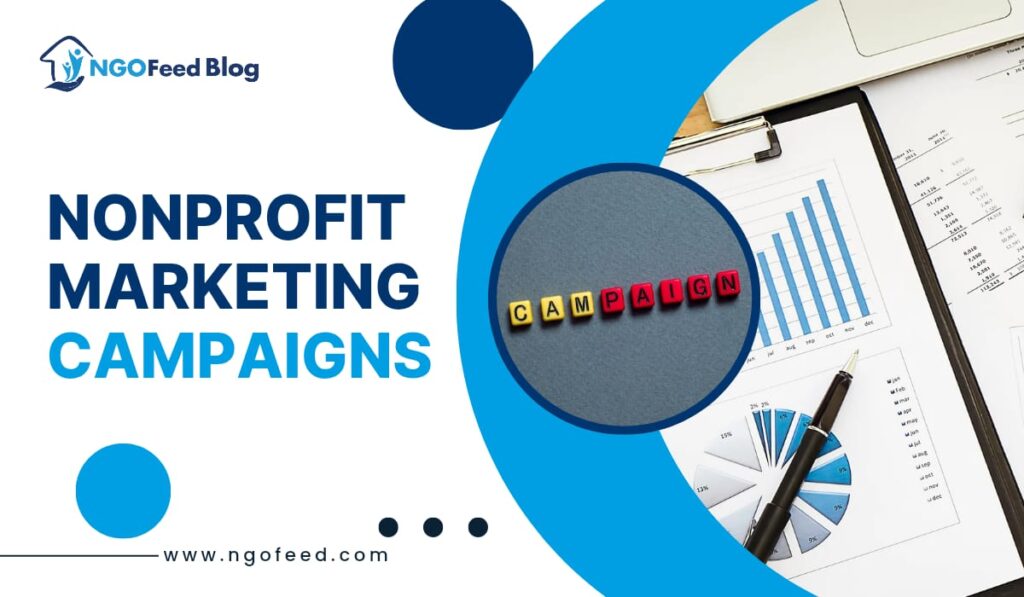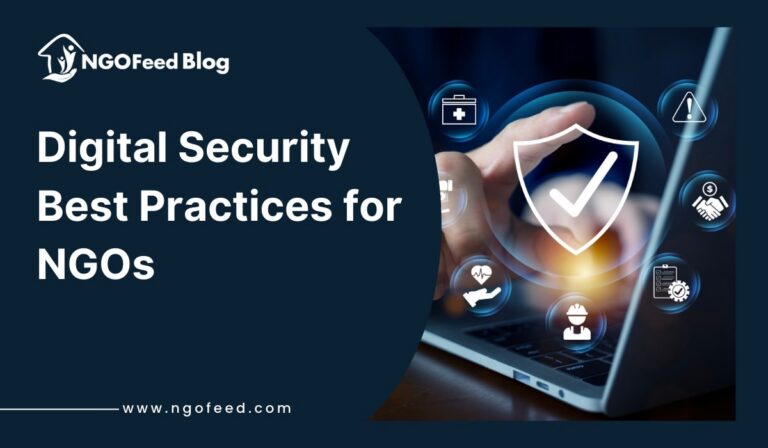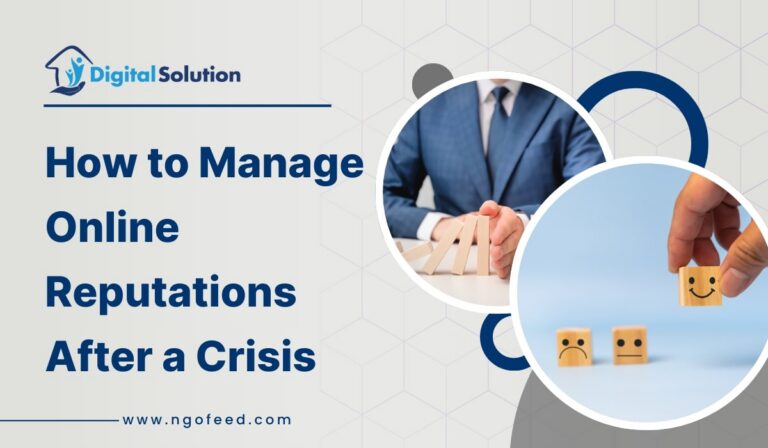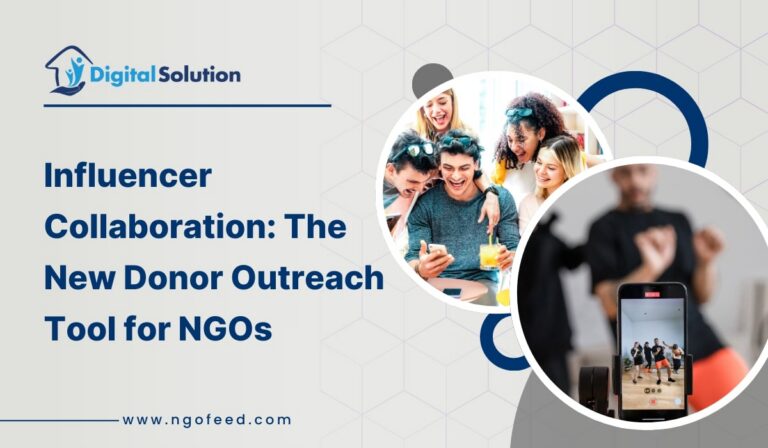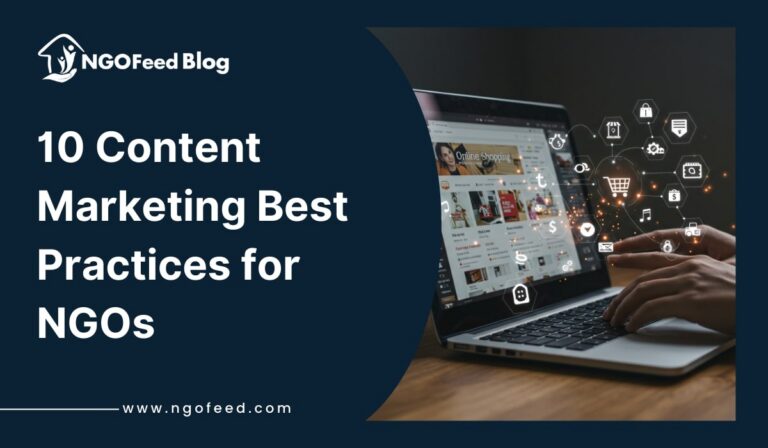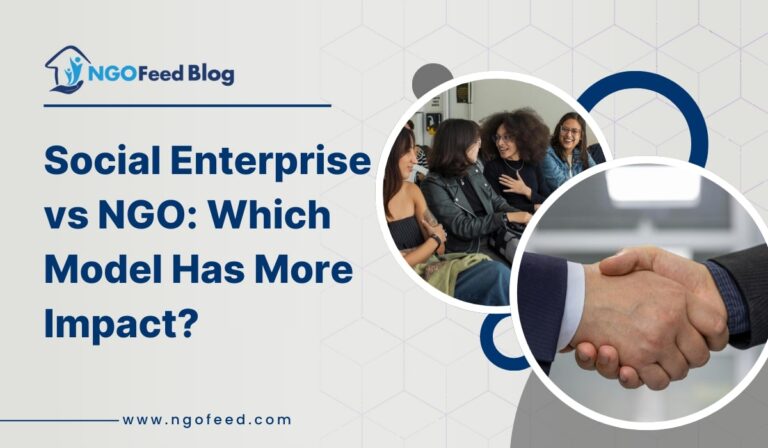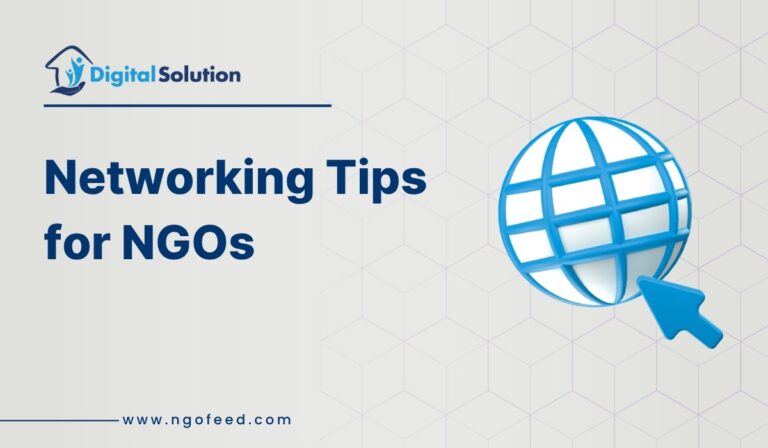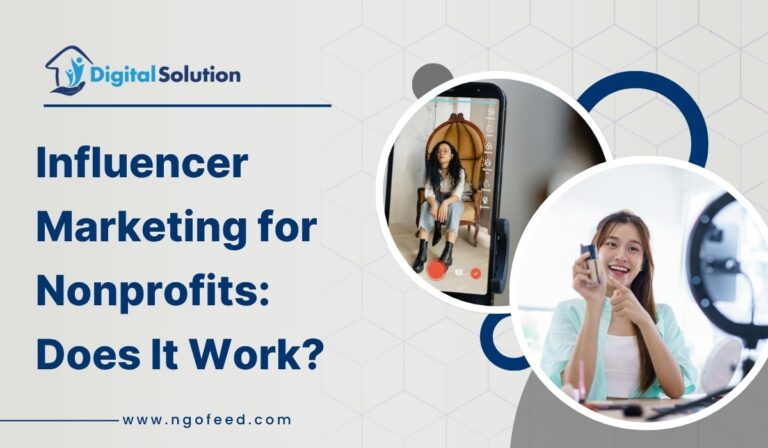Best Nonprofit Marketing Campaigns: In the competitive arena of charitable contributions, nonprofits must refine their marketing skills to differentiate themselves, engage with donors, and create significant change. Effective nonprofit marketing encompasses more than merely soliciting donations; it revolves around nurturing relationships, sharing compelling narratives, and showing the concrete effects of donations. Analysing the most successful nonprofit marketing campaigns uncovers crucial tactics that resonate with audiences and motivate action.
Table of Contents
The Power of Effective Nonprofit Marketing
Successful nonprofit marketing campaigns meet several vital goals:
- Increased Awareness: Broaden the organization’s outreach and visibility.
- Enhanced Engagement: Build meaningful connections with donors and advocates.
- Boosted Fundraising: Encourage donations and achieve financial security.
- Strengthened Brand Identity: Develop a strong and recognizable brand.
- Advocacy and Education: Increase awareness about important social issues.
Also Read: Importance of Data Driven Decisions for NGOs and Best Practices
Key Strategies Employed in Best Nonprofit Marketing Campaigns:
Storytelling at Its Core:
- Engaging stories lie at the core of impactful nonprofit marketing. Narratives that evoke feelings, humanize beneficiaries, and demonstrate impact are more likely to resonate.
- Visual storytelling through videos and photos enhances the emotional resonance.
- Example: Charity: Water excels at presenting real-life accounts of individuals whose lives are improved by access to clean water.
Emotional Connection and Authenticity:
- Genuineness is crucial for establishing trust. Donors desire to engage with authentic stories and believe their contributions are making a significant difference.
- Campaigns that appeal to emotions such as empathy, hope, and inspiration tend to be more successful.
- Example: The “Humans of New York” series, while not strictly a nonprofit, exemplifies the effectiveness of genuine storytelling in connecting with audiences and encouraging charitable contributions.
Digital Integration and Social Media Mastery:
- Utilizing digital channels and social media is vital for reaching a broader audience and encouraging interaction.
- Successful campaigns incorporate a variety of content types, including videos, infographics, and interactive material.
- They interact with their audience, answer comments, and build online communities.
- Example: The ALS Association’s “Ice Bucket Challenge” showcased the viral potential of social media for raising awareness and funds.
Also Read: How to Managing Your NGO Online Reputation and Responding to Feedback
Clear and Compelling Calls to Action (CTAs):
- A powerful CTA directs donors and supporters on how to act.
- CTAs should be explicit, succinct, and specific, such as “Donate Now,” “Volunteer Today,” or “Sign the Petition.”
- Creating urgency can enhance the effectiveness of CTAs.
Data-Driven Decision Making:
- Monitoring essential metrics, such as website traffic, social media engagement, and donation rates, is crucial for assessing campaign success.
- Data analysis aids in optimizing campaigns and helps nonprofits grasp what resonates with their audience.
- A/B testing can be utilized to experiment with different messaging and CTAs.
Partnerships and Collaborations:
- Partnering with other organizations, influencers, and businesses can widen reach and amplify results.
- Strategic collaborations can bring additional resources and knowledge to a campaign.
- Example: Product Red partners with major brands to create red products that contribute a percentage of sales to the global fund.
Also Read: How NGOs Are Leveraging Technology to Maximize Social Impact
Personalization and Donor Engagement:
- Tailoring communications and customizing content for specific donor segments can enhance engagement and retention.
- Building solid relationships with donors through frequent updates, impact reports, and personalized thank-you notes is essential.
- Example: Numerous nonprofits now implement personalized email campaigns, which incorporate the donor’s name and previous donation history to enhance the probability of another donation.
Transparency and Accountability:
- Donors desire to understand how their donations are utilized.
- Offering clear and transparent details about finances and program impact fosters trust and credibility.
- Frequently publishing impact reports and financial documents is critical.
Leveraging User-Generated Content (UGC):
- Motivating supporters to produce and share their own content related to the cause can greatly enhance its reach and authenticity.
- UGC fosters a sense of community and showcases the effect of the organization’s efforts.
Also Read: Best Social Media Platforms for Nonprofit Organizations
Consistent Branding:
- A uniform brand identity across all platform’s aids in building recognition and trust.
- Employing consistent colors, fonts, and messaging strengthens the organization’s brand and core values.
- Examples of Best Nonprofit Marketing Campaigns:
- Charity: Water: Famous for its potent storytelling and visually engaging campaigns that underscore the impact of clean water.
- ALS Association’s “Ice Bucket Challenge”: A viral social media sensation that raised substantial awareness and funds for ALS research.
- World Wildlife Fund (WWF): Effectively utilizes emotional appeals and visual content to highlight environmental issues.
- The Movember Foundation: An inventive campaign that employs humour and a strong visual symbol (the mustache) to raise awareness about men’s health.
Challenges and Considerations
- Resource Constraints: Nonprofits frequently function with restricted budgets, creating barriers to invest in marketing.
- Measuring Impact: Proving the concrete impact of marketing initiatives can be challenging.
Also Read: How to Maximize Engagement on Social Media for Nonprofits
- Maintaining Ethical Standards: Nonprofits must guarantee that their marketing practices are ethical and transparent.
- Staying Relevant: Nonprofits need to adapt to changing digital trends and audience preferences.
Conclusion
The most effective nonprofit marketing campaigns are founded upon engaging storytelling, emotional ties, and strategic digital integration. By emphasizing authenticity, transparency, and data-driven decision-making, nonprofits can successfully connect with their audience, increase fundraising, and foster lasting social impact.
In conclusion, the most successful nonprofit marketing campaigns go beyond simple promotional activities; they reflect a deep dedication to forging significant connections and fostering real change. By crafting engaging stories that resonate emotionally, nonprofits can make their cause more relatable and motivate individuals to take action. Authenticity and transparency act as foundational elements, enhancing trust and credibility with donors and supporters.
Also Read: Top Technology Trends 2025 for Nonprofit Organizations
The thoughtful incorporation of digital platforms and proficient use of social media allows nonprofits to broaden their reach and connect with various audiences. Clear and persuasive calls to action, along with data-informed decision-making, guarantee that marketing initiatives yield measurable results. Collaborations and partnerships expand the scope and resources of campaigns, while individualized approaches and consistent branding nurture enduring relationships and bolster brand recognition.
Utilizing content generated by users and emphasizing ethical practices further boosts the authenticity and efficacy of campaigns. Even when faced with limited resources and the difficulty of assessing impact, nonprofits can navigate these challenges by adjusting to changing digital trends and audience preferences. Ultimately, the effectiveness of a nonprofit marketing campaign hinges on its ability to foster a collective dedication to making the world a better place. By adopting these best practices, nonprofits can turn their marketing strategies into powerful drivers for social change, establishing a legacy of impact and inspiration.

